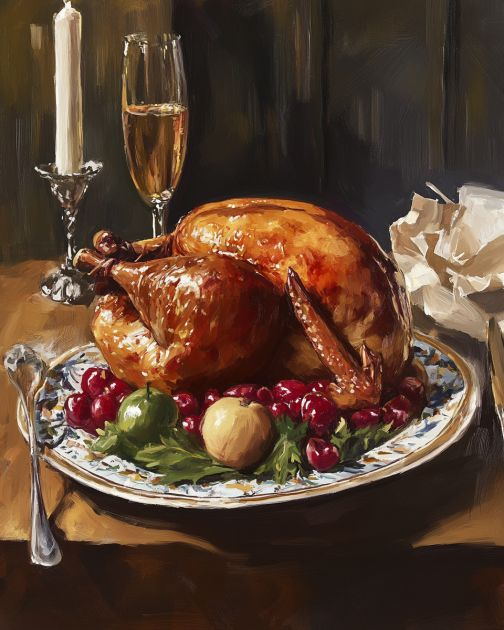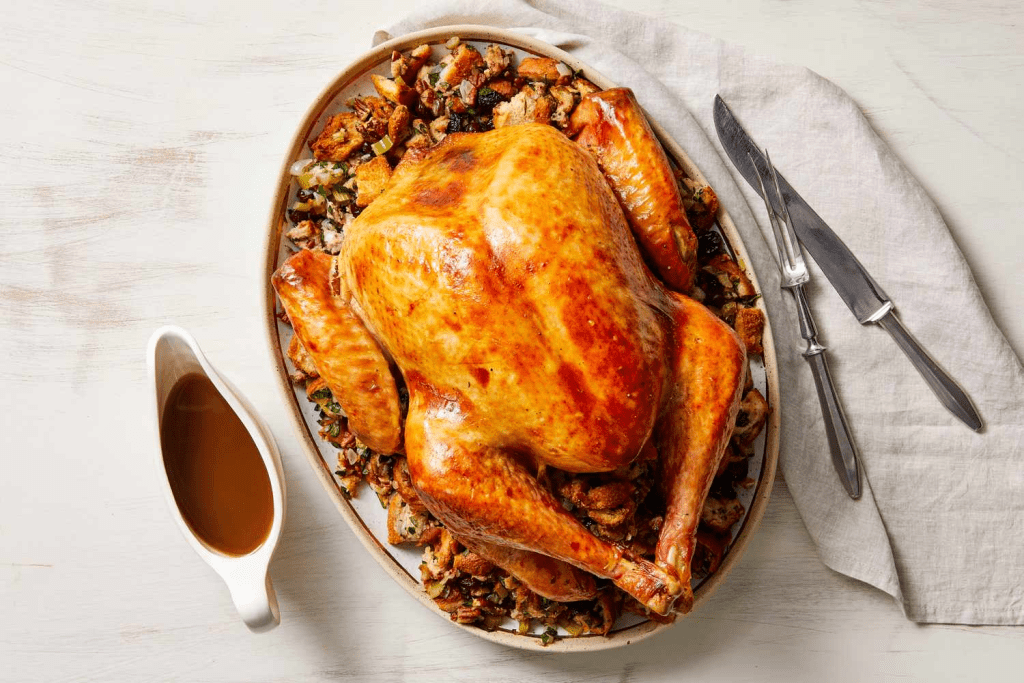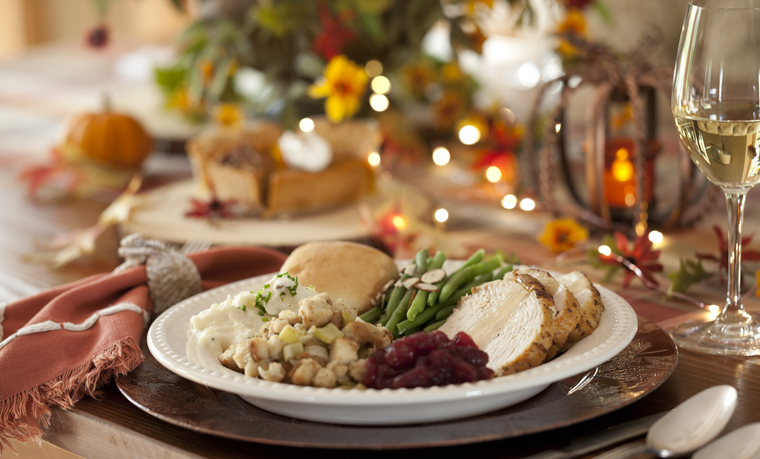Thanksgiving is more than just a holiday; it’s a cherished tradition centered on gratitude, family, and food. But when it comes to serving that mouthwatering turkey and pumpkin pie, the question of presentation can spark unexpected tension. For many families, the debate over using paper plates versus traditional dinnerware has created a divide. If your mother-in-law scolded you for suggesting paper plates this year, you’re not alone. Let’s explore the roots of this heated discussion and discover how to strike the perfect balance.
The Weight of Thanksgiving Traditions

Thanksgiving carries a rich history that dates back to the 17th century. For many, the meal is a way to honor that heritage, and traditional table settings—complete with fine china, polished silverware, and crystal glasses—are an extension of this reverence. These elements don’t just serve a practical purpose; they symbolize effort, gratitude, and the specialness of the occasion.
When someone suggests swapping out these time-honored symbols for paper plates, it might feel like a dismissal of those cherished traditions. This is often where family tensions arise, especially among those who see the table setting as an integral part of Thanksgiving’s charm.
Cultural and Emotional Significance of the Table Setting
Table settings are more than functional; they’re deeply tied to culture and emotion. Think about it: a beautifully arranged table has the power to make even a simple meal feel like an event. For some families, the formal arrangement represents respect for the occasion and the people sharing the meal.
In contrast, paper plates can sometimes feel too casual, even impersonal, especially for older generations. They might interpret the choice as a lack of effort or care, which can quickly lead to misunderstandings.
The Case for Paper Plates: Pros and Cons
Let’s face it—Thanksgiving isn’t just a meal; it’s a production. With a dozen dishes and a house full of people, cleanup can feel like a Herculean task. This is where paper plates shine. They’re affordable, disposable, and require zero scrubbing. Plus, with modern designs, they’ve come a long way in terms of style and sturdiness.
However, paper plates do come with drawbacks. For one, they lack the elegance of traditional dinnerware, which might make the meal feel less special. They’re also not the most environmentally friendly option unless you invest in compostable versions. And let’s be honest—nothing ruins the festive vibe like a flimsy plate giving way under the weight of mashed potatoes and gravy.
Environmental Impacts: Paper vs. Traditional Dinnerware
In today’s eco-conscious world, environmental concerns can’t be ignored. Disposable plates contribute to landfill waste, especially if they aren’t recyclable or compostable. On the flip side, traditional dishes require water and energy to clean, which has its own environmental costs.

If sustainability is a priority, consider middle-ground options like biodegradable plates or hiring reusable dinnerware services. This way, you can maintain convenience while minimizing your environmental footprint.
Balancing Cost and Convenience
For those hosting a large crowd, practicality often takes precedence. Renting or purchasing enough traditional plates can be expensive, especially if you don’t have a large set of china at home. Paper plates provide an economical alternative, making them appealing for larger gatherings.
Yet, the convenience factor goes beyond finances. The holidays are stressful enough without the looming task of post-dinner cleanup. By using disposable plates, you can spend more time connecting with your guests and less time elbow-deep in the sink.
Family Expectations: Navigating Etiquette and Emotions
Every family has unspoken rules, and Thanksgiving etiquette is often high on that list. For some, serving a meal on paper plates feels like a break from tradition, even disrespectful. It’s important to remember that these expectations are often rooted in love and a desire to make the holiday feel special.
If your mother-in-law sees traditional dinnerware as non-negotiable, try approaching the conversation with empathy. Acknowledge her feelings while explaining your reasons for considering paper plates. This might be the first step toward understanding—and compromise.

The Rise of Modern Trends and Personal Preferences
In today’s world, Thanksgiving celebrations are becoming increasingly diverse. Minimalist lifestyles, sustainability efforts, and casual dining trends have reshaped how many approach the holiday. For some families, a relaxed vibe with paper plates and buffet-style serving feels just as meaningful as a formal dining experience.
Personal preferences should also be considered. Are you someone who thrives on tradition, or do you prefer to keep things simple? Ultimately, Thanksgiving should reflect the people celebrating it, and there’s no one-size-fits-all approach.
Conflict Resolution: Finding Common Ground
So, how do you navigate a disagreement over something as seemingly small as plates? Open communication is key. Start by validating your mother-in-law’s perspective, then share your practical concerns. Here are a few ideas for compromise:
- Combine the Best of Both Worlds: Use paper plates for the main course and traditional dishes for dessert.
- Share the Cleanup Load: If your mother-in-law insists on using china, offer to take charge of the dishes.
- Invest in Eco-Friendly Options: Compostable paper plates can satisfy convenience without sacrificing sustainability.
- Alternate Traditions: Switch between formal and casual settings each year, ensuring everyone feels represented.
By focusing on solutions instead of disagreements, you can turn this clash into an opportunity for connection.
Conclusion: A Holiday Worth Celebrating
The question of paper plates versus traditional dinnerware may seem trivial, but it represents a deeper tension between modern convenience and timeless tradition. By understanding the cultural significance of table settings, weighing practical considerations, and fostering open dialogue, you can find a path that honors everyone’s values.
At the end of the day, Thanksgiving isn’t about the plates; it’s about the people sitting around the table. Whether you serve your meal on fine china or sturdy paper, the most important thing is to celebrate the spirit of gratitude and togetherness. Isn’t that what truly matters?


